Naval Wargaming – World War Two Cruiser Actions
January 20, 2016 by crew
Welcome to Part Two of our series on Naval Wargaming, where we explore the potential for wargames fought on the high seas. In Part One, we began with a summary of the history of naval warfare and reviewed some of the game systems available. Now let’s drill down into a specific area of naval wargaming, cruiser actions in World War Two.
Cruiser actions are a great introduction for many people into naval wargaming. They are usually smaller-scale affairs than those involving battleships or aircraft carriers, and are therefore both easier to pull together in terms of the models required and the games are simpler to play due to the absence of aircraft.
The emphasis of a cruiser action is initially on gunfire to slow and degrade fighting power of enemy ships, then to use torpedoes at close range to sink them. Sometimes these torpedoes are delivered by escorting destroyers – smaller and faster than cruisers but without their firepower or resilience against damage.
The Battle of the River Plate (December 13th, 1939) can serve as a great starting point into World War Two cruiser actions. Not only is it near the beginning of the war, but it’s a closely matched scenario with only four ships involved – one German pocket battleship against one British heavy cruiser and two light cruisers.
Of course, River Plate is just the beginning. The Mediterranean saw many cruiser actions between the British and Italian navies during the early years of the war. There were also numerous encounters between the British and Germans on the Arctic convoy routes, and similarly remote encounters between the Americans and Japanese around the Aleutian Islands. Any one of these could make for exciting and close-fought games.
The Pacific theatre, however, has by far the greatest number of cruiser actions as the American, Australian and British navies vied with the Japanese for control of the seas around strategic Pacific islands. By way of example, we offer the following series of linked scenarios based on the naval battles off the island of Guadalcanal.
Guadalcanal Linked Scenarios
Guadalcanal is one of the Solomon Islands, east of New Guinea. The Japanese occupied the island and began constructing an airfield which, if completed, would have dominated the shipping lanes between the US and Australia.
In August 1942, US Marines landed and took the airfield, though they didn’t have the strength to eject the Japanese from the rest of this steamy, disease-ridden, and densely forested island. With the ground battle in the balance, both sides tried to win naval dominance around the island in a series of savage naval battles.
The following Guadalcanal scenarios should be fought in chronological sequence, with any undamaged ships from one scenario being available in the next (“undamaged” defined as no reduction in speed, manoeuvrability, or firepower).
While a wide variety of gaming systems can be used, it is assumed that 1/3000th or 1/2400th scale models are being used. In our next article, a battle report will be provided showing how one of these games was played using the Micro Fleet World War II system (Tabletop Games, 1979).
Scenario One (8th/9th August, 1942)
This is the Battle of Savo Island, which historically is a disaster for the Allied forces. The Allied task force is seventeen days out of New Zealand, and has suffered almost continuous air attack since arriving off Guadalcanal. The American 1st Marine Division has landed on Guadalcanal the day before, and despite air attacks, so far the landings are going well.
As the Allied commander, you are hosting Marine General Vandergrift and American Rear Admiral Richmond Kelly Turner aboard your flagship that night, HMAS Australia. Over nightcaps you discuss the expedition so far, as well as the misleading and conflicting reports of Japanese destroyers sighted in nearby waters.
It is a hot and sultry night, with passing rain squalls that do nothing to chill the air. Lightning flashes on the horizon and the ominous rumble of thunder rolls around the brooding mountains of Guadalcanal. All ships except the Australia (which is at anchor) are cruising at twelve knots, when at 01:42 the peace is suddenly shattered.
Gun flashes tear through the darkness all along the northwest horizon. The Japanese have found you.
Scenario Two (11th/12th October, 1942)
This is the Battle of Cape Esperance, in which American cruisers and destroyers would achieve a partial victory over the Japanese and claim a degree of vengeance for the disaster at Savo Island.
Despite catching the Japanese largely by surprise, defects in US Navy communications have not improved. Each ship must therefore succeed on a roll before opening fire, as they will be confused as to which ships are enemy ships. Furthermore, Rear Admiral Scott will countermand (on the following turn) any ship which does open fire, unless he himself has successfully identified the enemy ships.
Historically, both sides sustained heavy damage in this duel, although the Americans edged out on top. Japanese troop transports still got through, however, even if Rear-Admiral Goto was fatally wounded aboard his flagship IJN Aoba.
Scenario Three (12th/13th November, 1942)
The next three scenarios take place during the Naval Battle of Guadalcanal, sometimes called the Third and Fourth Battle of Savo Island, which took place November 12th-15th, 1942.
The American vessels begin in a single column, with four destroyers in the van and three at the rear. Rear Admiral Scott, second-in-command, is following the lead destroyers with his flagship USS Atlanta. Callahan is in overall command aboard USS San Francisco (assuming she has survived previous battles in your campaign).
The Americans are still hampered by special rules for communication problems and friendly fire, with the added problem that ships must continue to test to engage the correct targets even after obtaining a successful result. Also, low cloud cover and the absence of moonlight means that visibility is poor, bringing the encounter distance down to 6,000 yards. It also means that spotter planes cannot be used.
Historically, both American commanders were fatally wounded in this battle. In fact, the shell that killed Rear-Admiral Scott on the bridge of USS Atlanta may have been fired by Callahan’s flagship, USS San Francisco. Such were the wild brawls of gunnery and torpedoes that typified the cruiser actions around Guadalcanal.
Scenario Four (13th/14th November, 1942)
One the second day of the Naval Battle of Guadalcanal, the Japanese again tried to land significant troop reinforcements on the island, and were again opposed by American warships in a night time cruiser action.
Historically, the Japanese bombardment force got through this time, and subjected the American troops at the all-important Henderson Field to a withering 35 minute bombardment.
They were unable to linger, however, as the American aircraft carrier USS Enterprise had finally arrived and as soon as the sun came up, began air strikes on Mikawa’s cruisers and then Tanaka’s transport ships.
Scenario Five (14th/15th November, 1942)
Historically, this engagement was a tremendous showdown, with the American battleships Washington and South Dakota pitted against the Japanese battleships Hiei and Kirishima. Whether it plays out like this in your campaign, of course, depends on how these two Japanese warships weathered Scenario Three.
American ships do not suffer the communication problems that have beset previous US commanders. However, after each full salvo fired by the South Dakota, she must roll to see if the electrical power to the main armament has been cut. These were very new ships, and still had teething troubles and mechanical problems in their systems.
We highly encourage interested gamers to try some of these engagements. In our next article, we will present a detailed battle report, where one of these games was fought using Micro Fleet World War II. Please comment below with thoughts or comments on these scenarios, or on cruiser battles of World War Two in general.
If you would like to write an article for Beasts Of War then please get in contact with us at [email protected]!
"Cruiser actions are a great introduction for many people into naval wargaming..."
Supported by (Turn Off)
Supported by (Turn Off)
"...one of these games was played using the Micro Fleet World War II system (Tabletop Games, 1979)"
Supported by (Turn Off)


































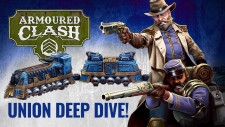






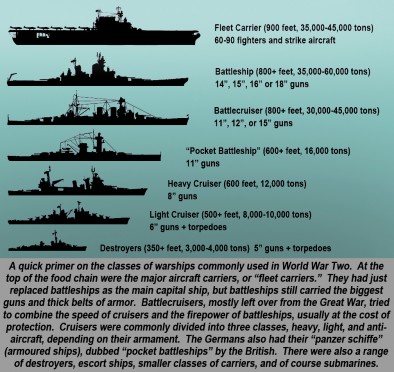

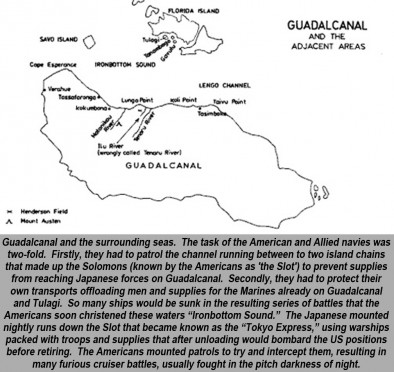
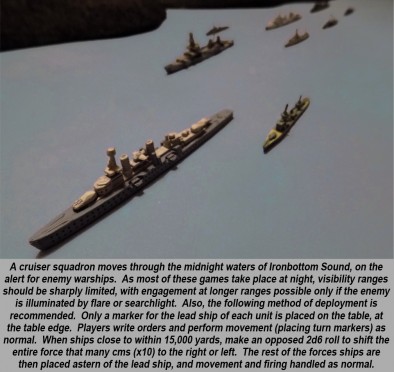
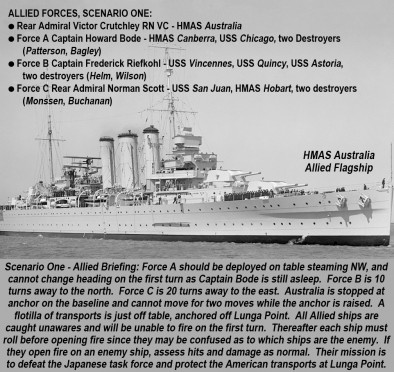
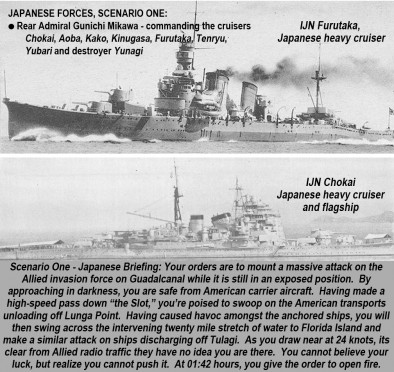
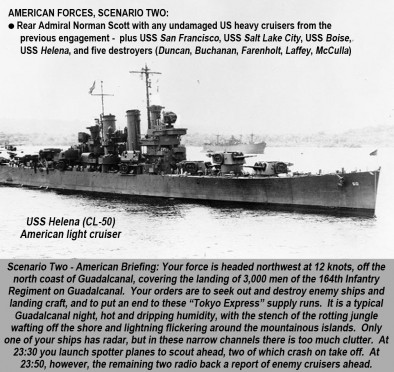
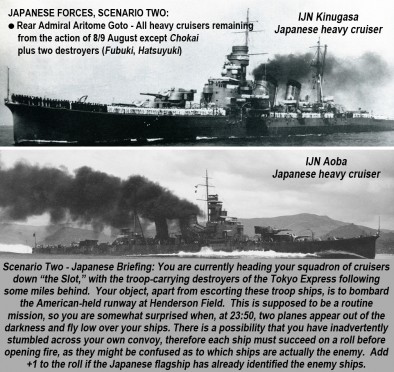
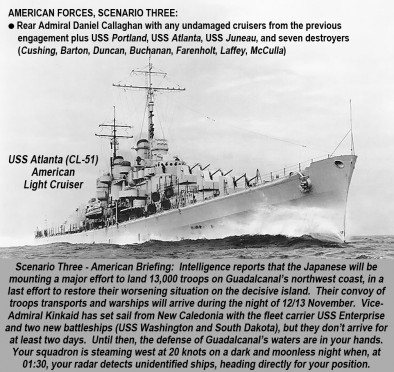
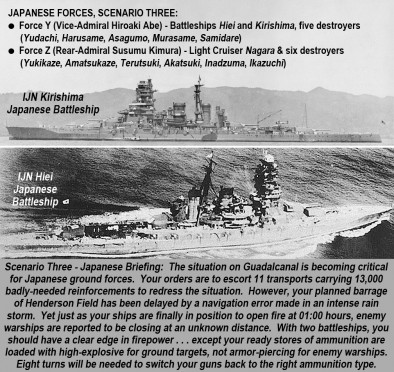
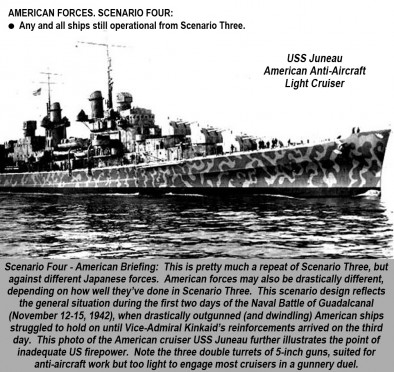
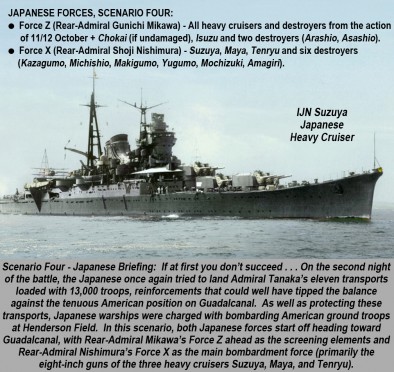

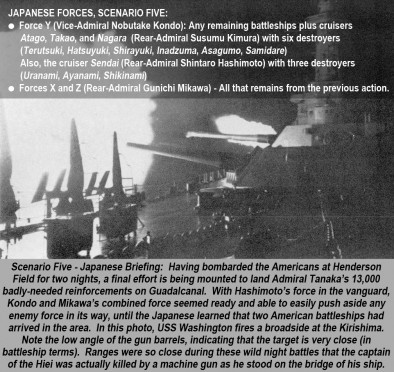


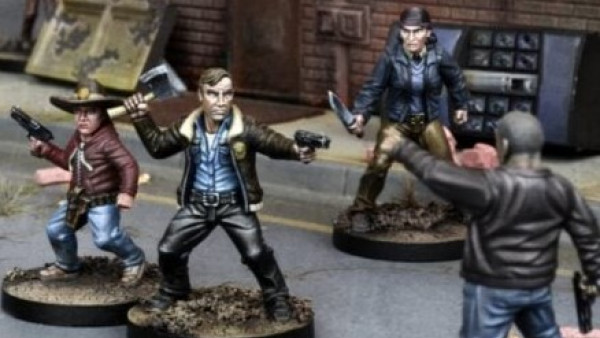


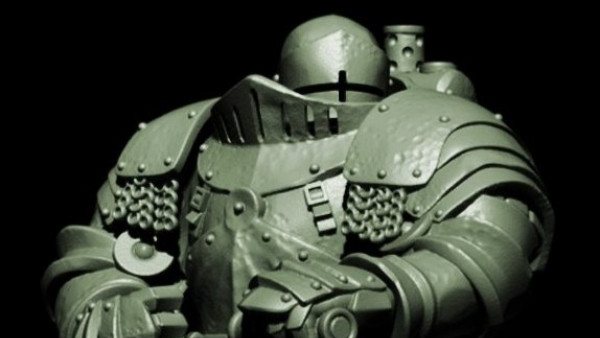
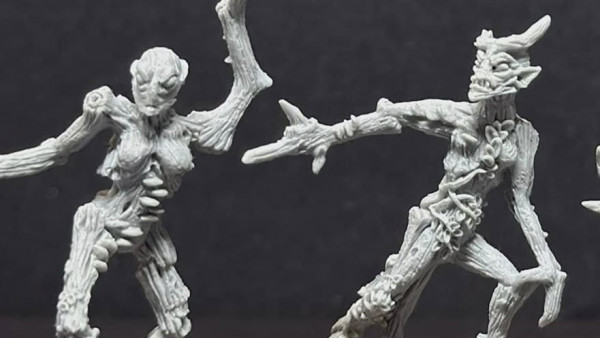
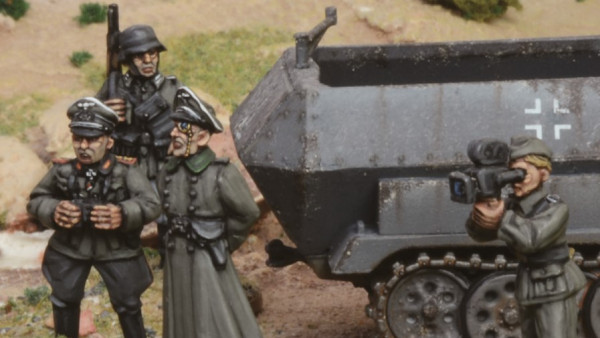


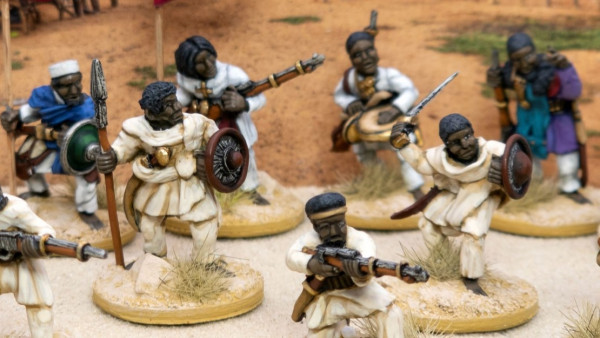

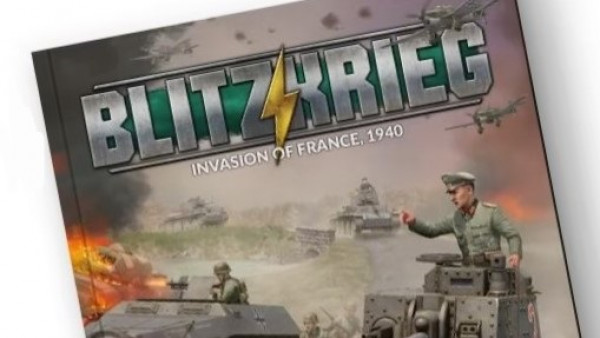
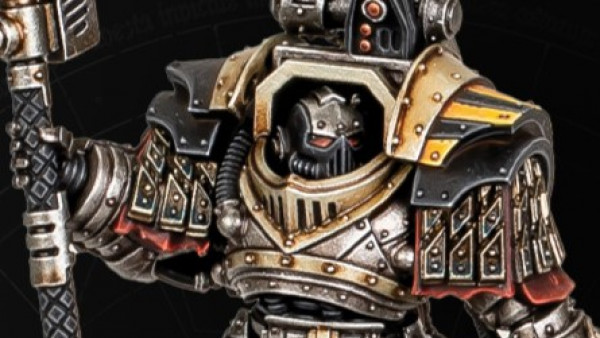
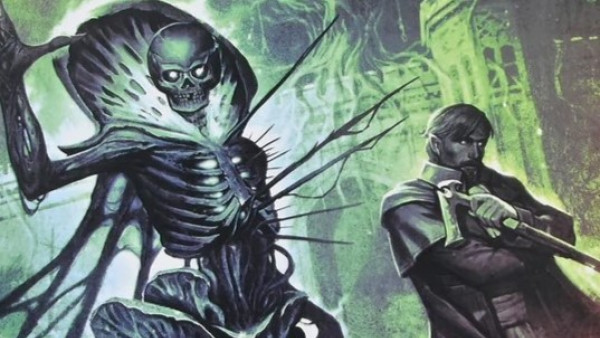
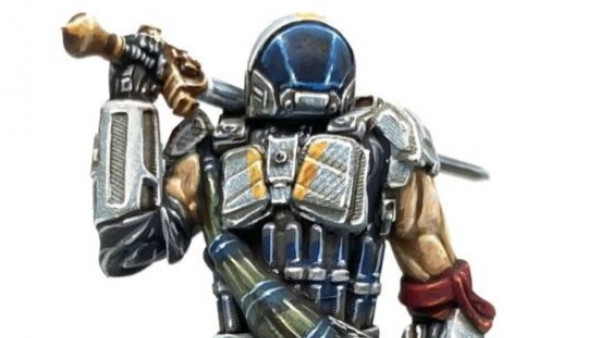

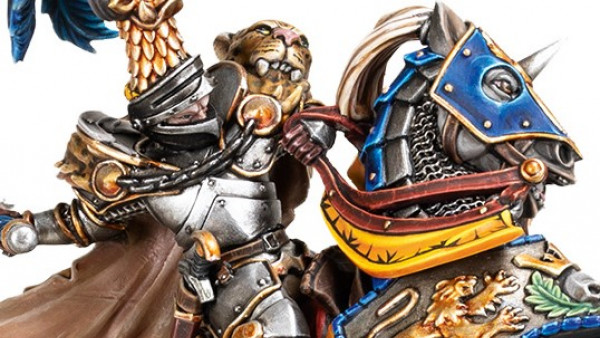

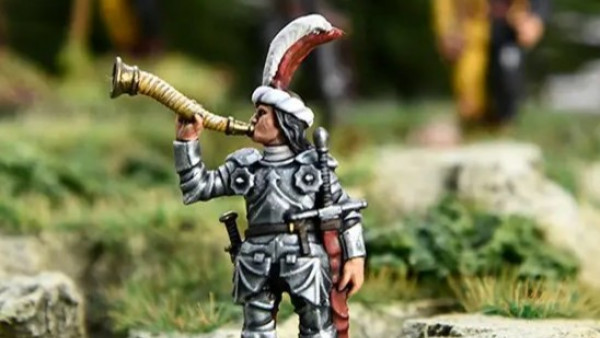

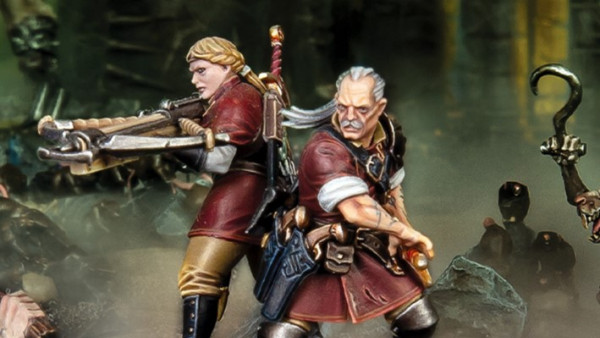
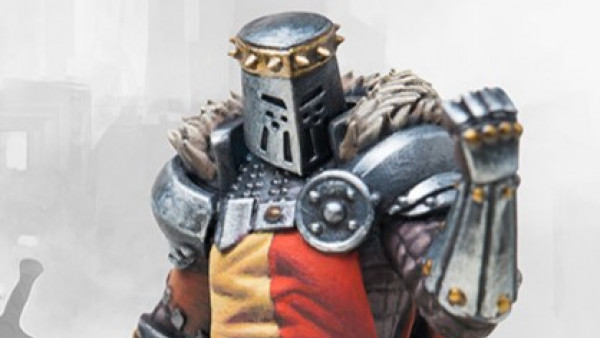


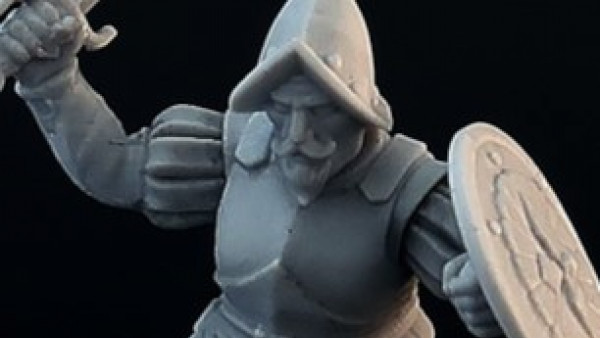

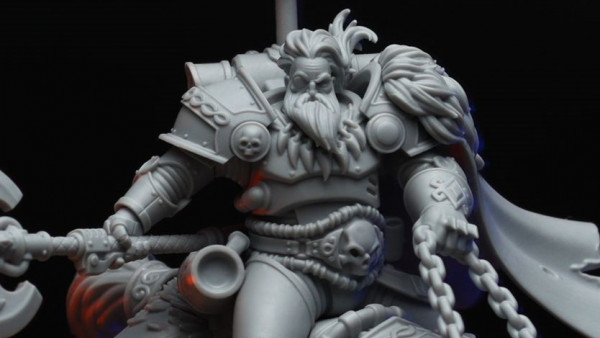

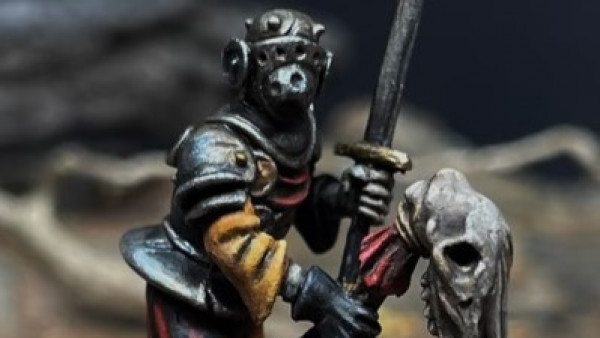

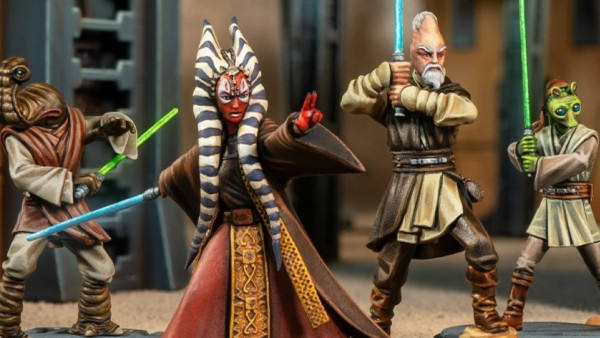
Just wanted to drop a quick comment to say that working with Simon Stokes (BoW @broadsword ) was a real pleasure. He wrote 95% of this article, I just gave it an edit and worked up some of the images and captions. His knowledge on this topic is pretty damned comprehensive and it was great to bring to light the often overlooked role of “big guns” in the Pacific War – typically thought of as a campaign completely dominated by aircraft carriers.
Well, it was . . . until the sun went down. 😀
Many thanks for your help @oriskany, and for the additional content, it was invaluable. I’d have still been floundering with the edit now otherwise.
Interesting stuff
Cracking stuff, another engaging read with just the right ratio of historical accuracy to gaming looking forward to part 3 😀
Thanks @rasmus and @nakchak ! 😀 Earlier when @broadsword put up the first part of the series, Warren was asking on a subsequent Weekender (XLBS?) if there were games / battles like this, World War II gunnery, somehow NOT dominated by carrier or land-based aircraft, perhaps with island channels and such for interesting “terrain.” I was sitting on my couch grinning, yelling at the TV . . . “Oh, man! Someone needs to introduce these folks to Guadalcanal!”
a nice interesting read if I remember correctly the Japanese ships also used their spotlights to blind gunnery crews to prevent them firing accurately.
yes typical dastardly jap trick, though the yanks didn’t help themselves either as their cruisers didn’t have any flashless cordite at the time, the Japanese did however.
great read looking forward to next part
victoriag
Thanks, @zorg and @victoriag . Indeed the Japanese Navy at this stage were the masters of night fighting. Americans were relying on radar, the only issues being that not every ship had the systems installed yet, they were very poor, and many crews were not trained in how to use them. By the end of the war this would all completely change, modern American battleships of the Washington, South Dakota, and Iowa classes could drop 16″ shells up to 27 miles away with accuracy better than a dive bomber. But at the time Americans (and Australians, too, don’t forget, they… Read more »
truk was the first US night air carrier battle in .44 I think? @oriskany
I know Operation Hailstone, the big assaults on Truk (Feb 44), involved some night attacks. These were very risky, with a lot of losses against poor results. Only later on did the Navy put an “official” unit to night air operations, Carrier Division Seven, with USS Enterprise as the flagship. This was later on in 1944? Like December?
Even then, I’m pretty sure these attacks were on big, immobile ground targets like airfields – as opposed to ships in a tactical battle.
It was an experimental mission with radar equipped planes to get the supply ships in the lagoon. The CO that planed the mission mist out on commanding the raid because he broke his ankle a day or two before. Two tankers and shed load of other ships Loosing one of the twelve planes on the raid.
Another excellent article. An area I am more than a bit interested in. Nice bit of work just like the other articles. Some nice bits of information that I did not know – I always like that. Strange to see the name @oriskany and not a tank in sight!
Nice work to @broadsword too.
Thanks, @unclejimmy . Again, this was about 90% @broadsword ‘s writing. I must also confess I’ve never tried the Microfleet system myself, although I might have to. Most systems I’ve tried have either been too heavy and cumbersome (although very realistic and detailed) – such as Clash of Arms “Command at Sea” series . . .
https://boardgamegeek.com/boardgame/11429/rising-sun-command-sea-volume-i
. . . or too simple, like Axis and Allies “War at Sea” or Metagames’ “Fire When Ready.”
https://boardgamegeek.com/boardgame/5194/fire-when-ready
I also have some Seekrieg miniatures but not the game. Microfleet might be a happy medium. (??)
Your comment is awaiting moderation. This is probably because its your very first comment on the site! Don’t worry this is completely normal, and we will try to approve this as soon as possible :o) Thanks, unclejimmy . Again, this was about 90% @broadsword ‘s writing. I must also confess I’ve never tried the Microfleet system myself, although I might have to. Most systems I’ve tried have either been too heavy and cumbersome (although very realistic and detailed) – such as Clash of Arms “Command at Sea” series . . . https://boardgamegeek.com/boardgame/11429/rising-sun-command-sea-volume-i . . . or too simple, like Axis… Read more »
Thanks, unclejimmy . Again, this was about 90% broadsword ‘s writing. I must also confess I’ve never tried the Microfleet system myself, although I might have to. Most systems I’ve tried have either been too heavy and cumbersome (although very realistic and detailed) – such as Clash of Arms “Command at Sea” series . . .
https://boardgamegeek.com/boardgame/11429/rising-sun-command-sea-volume-i
. . . or too simple, like Axis and Allies “War at Sea” or Metagames’ “Fire When Ready.”
https://boardgamegeek.com/boardgame/5194/fire-when-ready
I also have some Seekrieg miniatures but not the game. Microfleet might be a happy medium. (??)
Okay, I really screwed that up. I posted a reply to unclejimmy’s comment, had too many links in it, so the site blocked it for “moderation” (just to make sure I wasn’t a spam-bot), then I tried to repost and logged in as a my GF @gladesrunner just to see if I could see it . . . (blocked comments are visible to those who post them, but not to others on the site). I then accidentally posted the the comment a second time under HER account. Okay, that’s it. I’m going to drink more coffee. 🙁
If you’re looking for something more middle of the road, the game I was playtesting, Naval War by Hendrik Jan Seijmonsbergen, might be right up your alley.
I suspect he’d be happy to have experienced gamers such as you testing for him.
Check out http://navalwar.boards.net/ if you’re interested.
Great article @broadsword and @oriskany
Thanks Yavasa, glad you enjoyed it
And done forget the gunnery battle of them all (if a little brief), the sinking of the Hood and later Bismark …
Or going back to Jutland. .. But that would take a lot to get on the table.
We’ll probably do at least one more article on 20th century big gun capital ship engagements, you’re right there’s a lot more of interest in this area to wargammers, but the games (maybe with the exception of Hood/Bismark) tend to be more complex with more ships of different types and often at least the threat of air attack, so are probably not the best starting point for someone wanting to give naval gaming a try for the first time.
Well given we have the Hundredth anniversary of Jutland coming up this year… Think we could possibly pull something together… 🙂
The Battle of Jutland? Holy crap, good luck to you! Seriously, I hope you guys pull it off. You’d need, what . . . 250+ warships in all, with 60+ battleships or rough equivalents (I’m including battlecruisers and pre-dreadnaught battleships in that total). Even at 1/3000, you’d need a table 20 METERS across (okay, a FLOOR would work better, but you see what I mean) . . .
Seriously, I would love to see it. 😀
Oh there is a game already planned with the Naval Wargame Society for Jutland near the 100th Anniversary 🙂
We need to get some photos of that, @commodorerob . Maybe to go with a (ahem) future article to commemorate the (ahem) anniversary ??? 😀
Very nice to see some more naval wargaming stuff. I agree that cruiser engagements are one of the best ways to get started on WW2 naval battles, and Guadalcanal is the place to be for that. In fact, I recently got back into some naval gaming myself, using a set of playtest rules for the currently-in-development ruleset Naval War with 1/1800 scale minis. I’m getting started with some cruiser battles as well, although mine are set a bit earlier in the Pacific campaign and not entirely historically correct. It’s quite entertaining and I can recommend going for the 1/1800 scale… Read more »
Thanks marqod, glad this is of interest to you, we want to post more naval stuff going forward too.
As for a battle report, you are absolutely bang on the button with that comment, in fact you couldn’t have cued it up better as the battle report that partners this article will appear next week or so I’m informed. It was only limitations on size of individual articles that precluded it’s inclusion here.
Thanks, @marqod . 😀 Indeed, I must regrettably confess that in the editing, a lot of @broadsword ‘s draft was squeezed out. We only have so much room in one of these articles. Rest assured, however, that the next part is submitted to the BoW team and is pretty much packed “stem to stern” with battle report style game play. Stay tuned! 😀
I also have some of the old Axis and Allies ships (Image D above are my A&A ships) – I’ll have to check out Shapeways.
Looking forward to the battle reports then.
And for the shapeways stuff, I can recommend the stuff by matt-atknsn.
He has naval minis in a variety of scales, although I’m sticking to 1/1800.
Very interesting article and just as fascinating informed comments. Great stuff! I’ll be filing this one away.
Due to distance I always think these sort of encounters look better using something like Hallmark ships
Thanks, @yavasa , @brianparker , and @torros ! 😀
Personally I am more to iron men in wooden ships, than the other way around .
But the sea in all forms are fascinating
Age of Sail hopefully will be covered in a future article and I am hoping to put something together for the Acw period
Definitely look forward to it! The ACW also adds a great dimension of “brown water navy” river-based naval warfare that interacts with the ground miniatures wargames people are more familiar with. 😀
I am trying to remember the rules we used for this. It was played on hexes though.
Thunderin’ Iron maybe?
Hmm . . . I am not sure I would characterize the men who fought these battles as “wooden.” Our upcoming battle report features two Congressional Medal of Honor winners, both posthumous, I might add.
As opposed to the “iron men” of sailing ship crews . . . many of the officers simply bought or were born into their positions, many of the enlisted men were impressed (i.e., kidnapped) from local taverns or simply criminals who were offered service in the navy in place of imprisonment by magistrates facing overcrowded prisons.
Rules wise for Naval computer moderated is the way to go
When I mentioned Hallmark earlier I was referring to their 1/6000 range
Totally agree computer moderation is how we use the Micro Fleet rules @broadsword did the computerisation really well
@commodorerob
Is there a link or page about a computerised version of microfleets?. I had a look but couldnt find anything
@torros
This was something I developed myself. There’s a download available from the files section of the NWS yahoo group. I’d post it here too but I don’t think that functionality is offered here at the moment. It’s a traditional windows exe so not something that I could email as most spam filters block exes these days. One day I will get round to re-factoring into a downloadable app, but that’s something that’s going to need a good chunkoftimeto do.
Thanks for that. That’s probably why I couldn’t find it
A truly good articles Simon and as usual I am late to the Party. @oriskany great work here as you have added the polish of your well oiled article presentation without taking Simon’s voice from the article. To be honest I have had a mixed bag with naval wargaming. On my introduction we had to spend a lot of time emptying a living room where we used models of WW2 sips about the size of a little finger. Then proceeded to spend the rest of the day with our ships pressed up against the skirting board while doing a lot… Read more »
Thanks very much for the comment, @jamesevans140 . 😀 Yes, I think you’re talking about the Battle of Samar Island, part of the Battle of Leyte Gulf (Oct 24, 1944). Some of those destroyer escorts (USS Johnston among them) weighed only about 1500 tons, while one of the Yamato’s TURRETS weighed over 2500 tons. Each shell weighed over 3000 pounds. 🙁 To say nothing of the other battleships, plus the cruisers, plus the destroyers, etc etc . . . Done plenty of “naval combat” in the stars as well. Used to “captain” a Northampton-class assault frigate (USS Gettysburg) in FASA’s… Read more »
To be completely honest, one of the main reason I like this article series is I am surrounded by TANKS. WW II, Modern, Futuristic, SciFi, WarHammer…Tanks, Tanks, Tanks. It is nice to think/read/talk about something different. Besides, boats…uhhh I mean SHIPS are just plain cool.
Keep up the good work so I have and excuse to look for more Axis and Allies cute boat ….uh ship minis 🙂
JUST A HEADS UP . . . I’m playing Scenario 01 from this series tonight! I’ll try to take some photos and post a battle report, perhaps in a parallel thread. 😀